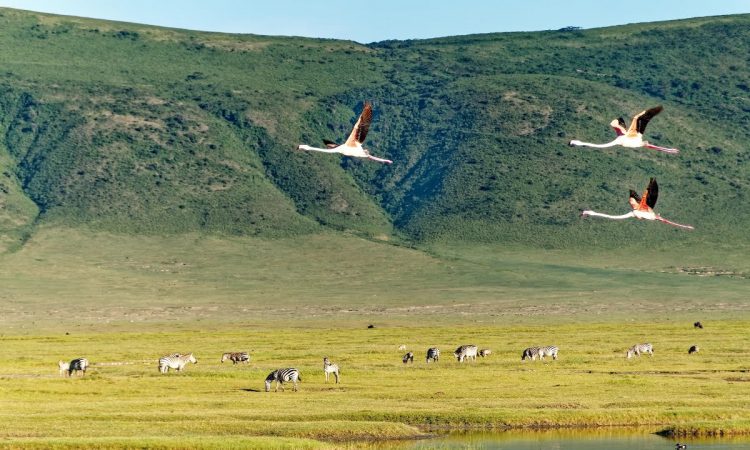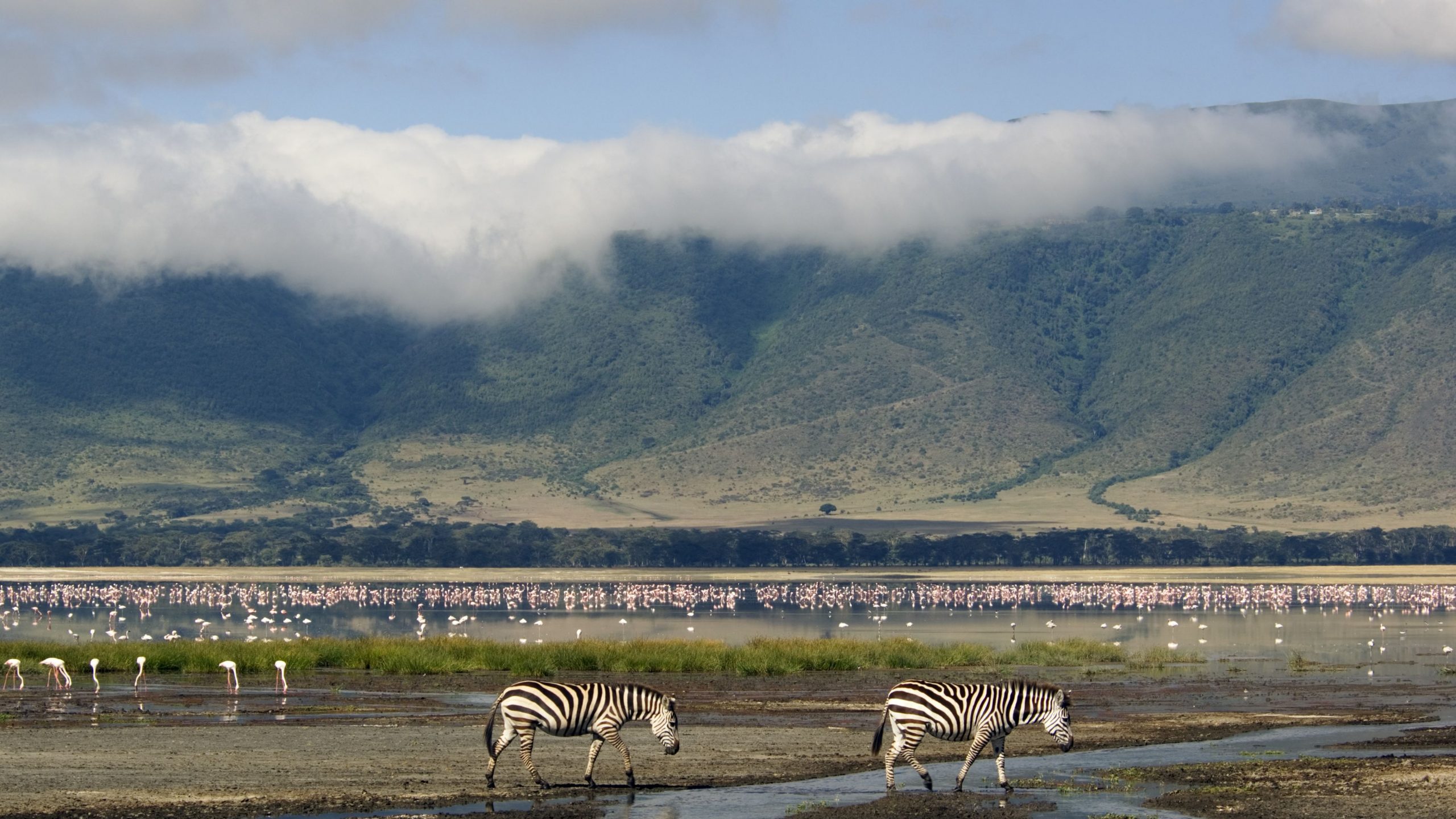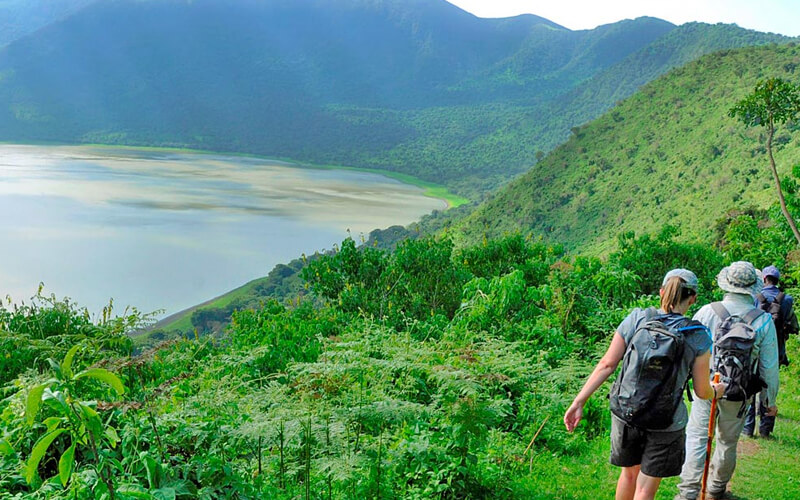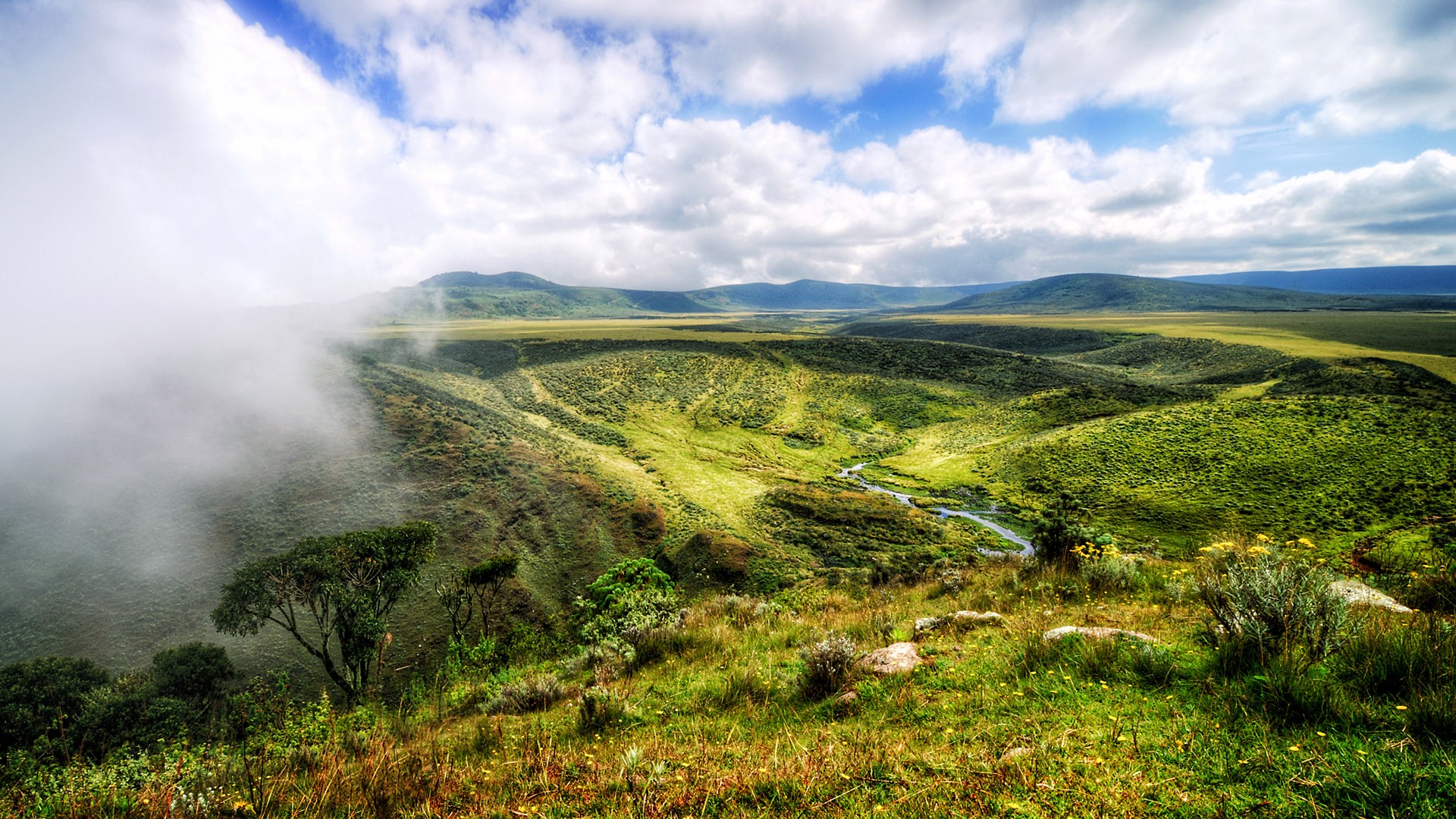How many Craters Are there in Ngorongoro? The Ngorongoro conservation area is a protected area in Tanzania administered by the Ngorongoro conservation area authority. It was formed from the split of the Serengeti national park with the primary goal of wildlife conservation and safeguarding the interests of the local people living within the crater. For a long time, the Ngorongoro Conservation Area has been regarded as one of Tanzania’s best wildlife park safaris, second only to the Serengeti National Park, and one of Africa’s top 10 wildlife safari parks. It features a large number of attractions that draw over 500,000 visitors each year. The tourist attractions at Ngorongoro include wildlife, birds, plants, and vistas, all of which combine to make this park one of Africa’s top safari parks.

The Ngorongoro crater is the star of the Ngorongoro conservation area; it is the area’s main attraction, and it has been attracting increasing numbers of tourists for many years, causing the crater to become congested with tourist safari vehicles, especially during peak tourism season. The crater is home to a diverse range of wildlife, making it a popular safari tourist destination for wildlife tours, as well as a diverse range of bird species, making it an ideal tourist safari destination for birdwatching. In fact, despite being known for the world’s largest crater, the Ngorongoro Crater, the park has many more craters, earning it the nickname “Home of Craters.” In the Ngorongoro Conservation Area, how many craters are there? The Conservation Area contains nine craters, the largest and most spectacular of which is the Ngorongoro Crater.
Apart from the spectacular Ngorongoro Crater, the conservation area’s other well-known and beautiful craters are Empakai Crater and Olmoti Crater. They are also more gorgeous, but they do not attract as many tourists as the large crater—the Ngorongoro crater—so doing so makes them perfect safari destinations to visit if you want to avoid the safari vehicle congestion in the major crater. The following are the prominent craters in the Ngorongoro conservation area that you must see during your Tanzania-Ngorongoro safari tour.
- Ngorongoro crater
It is the conservation area’s main crater and a popular tourist attraction. The Ngorongoro Crater is the world’s biggest entire and unfilled volcanic caldera and the Ngorongoro Conservation Area’s main tourist attraction. The crater, which covers 260 square kilometers and has a diameter of roughly 20 kilometers, is actually a massive caldera of a volcano that fell to a depth of 610 meters around three million years ago. Streams of water eventually made their way down the crater, forming little ponds, and vegetation grew all around, drawing a variety of wild creatures.

The Ngorongoro crater is home to approximately 25,000 animals, including elephants, buffaloes, elands, wildebeests, zebras, gazelles, hippos, and rhinos, as well as carnivores such as lions, hyenas, jackals, and cheetahs, making it a great destination for an African wildlife safari. The ponds, or rather small lakes, on the crater’s floor are home to a variety of aquatic species, including flamingos and pelicans, making it an excellent birding safari location. Away from the crater floor, the crater rim’s woodlands are home to leopards, reedbuck, warthogs, and forest birds, making it Africa’s ultimate destination for seeing the “Big Five” (lion, elephant, rhino, leopard, and buffalo).
The Ngorongoro Crater is one of the world’s greatest natural wonders, with its breathtaking landscape and incredible concentration of species. The crater was named one of Africa’s Seven Natural Wonders in February 2013 by the organization Seven Natural Wonders, based in the United States, which had been conducting a campaign since 2008 to determine the continent’s most phenomenal natural features. As a result of this and other accolades, it has been attracting increasing numbers of tourists from around the world, making it one of the most popular and best safari destinations in Tanzania and Africa.
- Empakai crater
The most beautiful unspoilt crater in the remoteness of the Ngorongoro conservational area. it is one of the nicest craters in the conservational area with all the natural beauty you can experience on your safari tour because the crater is not overly visited. Empakai has an 8-kilometer radius with a lovely, round lake that covers approximately half of its surface. The lake is surrounded by steep-sided, forested cliffs at least 300 meters high, which attract flamingos and other aquatic birds. When the flamingos are present, the lip of the lake appears to have pink beaches around it, making it the ideal safari crater attraction.

Empakai is 3,200 meters above sea level on the western side and 2,590 meters on the eastern side. The lake is nearly always enveloped in mist as a result of its high altitude, giving the lake an emerald or deep blue hue. At Empakai visitors can go down into the crater or walk to the rim to take in the beautiful scenery. Visitors may see the alkaline Lake Natron shimmering in the distance, as well as the volcanic cone of Oldonyo Lengai to the northeast.
A trail leads from the rim to the crater’s floor, passing through a mountain forest that is home to birds and monkeys. The descent to the crater’s bottom takes between 30 and 50 minutes, and the climb back up could take twice as long. Visitors must be accompanied by an armed ranger while hiking down Empakai. Special campsites on the rim of Empakai Crater can be reserved ahead of time. The crater is not as well-known as the main crater, making it a perfect safari spot for people who wish to get away from the crowds of safari vehicles and be alone in this natural wonder.
- Olmoti crater
Olmoti Crater is another beautiful crater in the conservation area, located north of Ngorongoro Crater and south of Empakai Crater. Olmoti has a shallow, grassy floor and is the source of the Munge River, which flows into the Ngorongoro Crater. Olmoti Crater is worth viewing when traveling north into the highlands, though it is not as well-known as Ngorongoro and Empakai.
Climbing to the rim and descending to the Olmoti floor is also an option. Visitors should be accompanied by an armed ranger because there are dangerous games along the way. The Olmoti Crater is a great place to see plants and fauna up close while also enjoying the lovely Highlands section of the Ngorongoro Crater Conservation Area. The gradual climb takes you through mountain woodland, grassland, and rocky outcrops, and it’s a great way to get out of a safari vehicle.

The main tourist activity in this area is a walking safari while observing several sites surrounding the area during your safari to Olmoti crater in the Ngorongoro conservation area. Because buffalo and big cats can be spotted in the region, the walk will be guided by an experienced Maasai guide who will be escorted by an armed park ranger. The hike provides excellent birding opportunities, including raptors like the augur buzzard and smaller forest species like the golden-winged sunbird that we saw. The diversified vegetation, which includes some beautiful fern species, attracts a significant number of butterflies.
Long before you see the cattle brought here by Maasai herders to graze on the lush grass, you’ll enjoy mountain views and hear the faint chiming of cowbells as you stroll. You’ll be rewarded with a breathtaking view of the Olmoti Crater and the seasonal Munge waterfall when you reach the summit. This is a nice area to unwind before carefully making your way back to your waiting vehicle.
In general, a safari to the Ngorongoro Conservational Area exceeds your expectations and makes your tour truly delightful. A safari to the Ngorongoro Conservational Area has never been a regret, and what the area has to offer is considerably more than/compared to what you pay for. Apart from craters, your safari to Ngorongoro will include cultural activities such as seeing the Maasai boma within the conservation area, as well as hiking tours/safaris and culminating with a visit to the Olduvai Gorge to discover about our forefathers. If that isn’t enough, you may visit the Serengeti National Park for even more fun and to make your Tanzania safari truly unforgettable.


